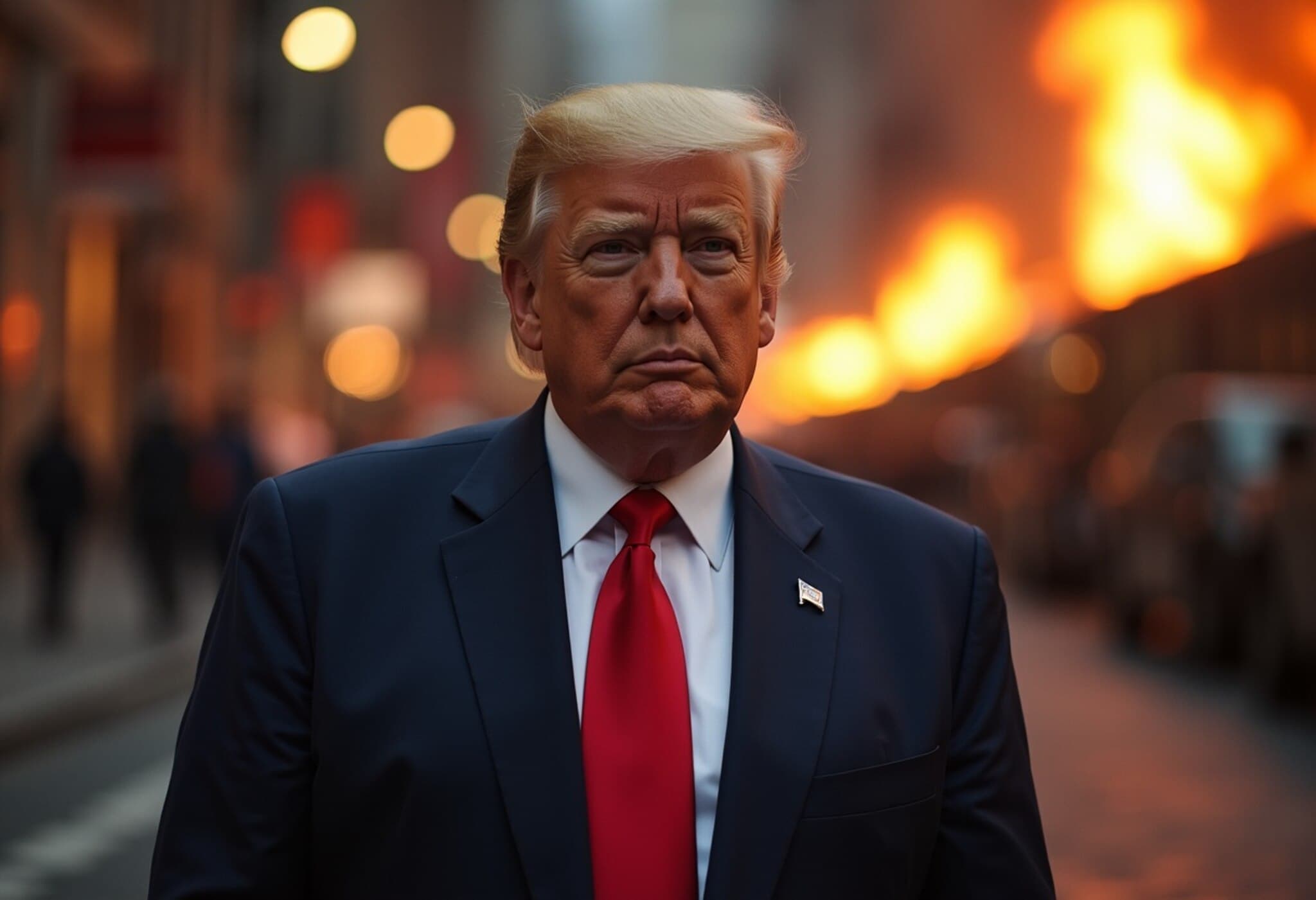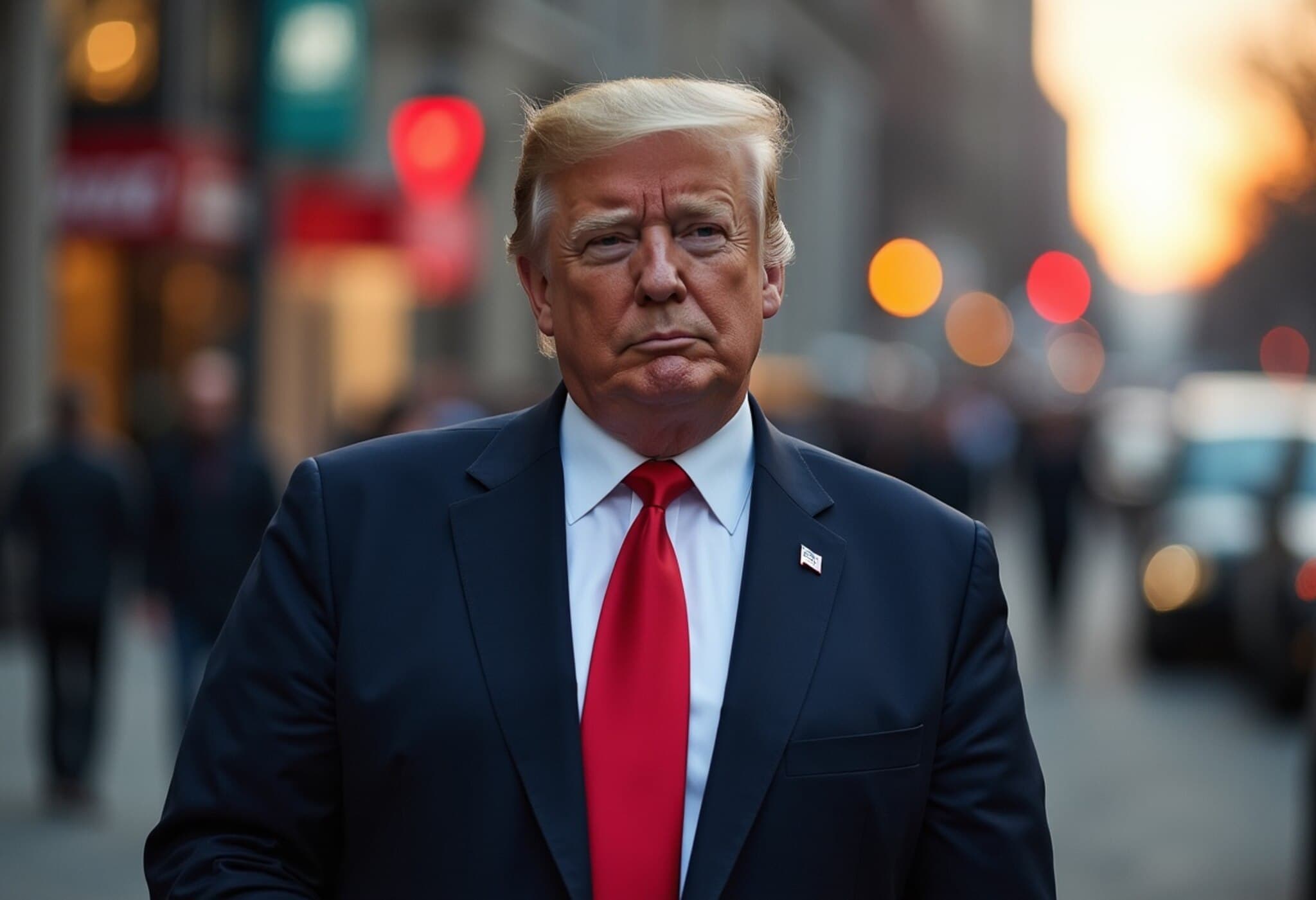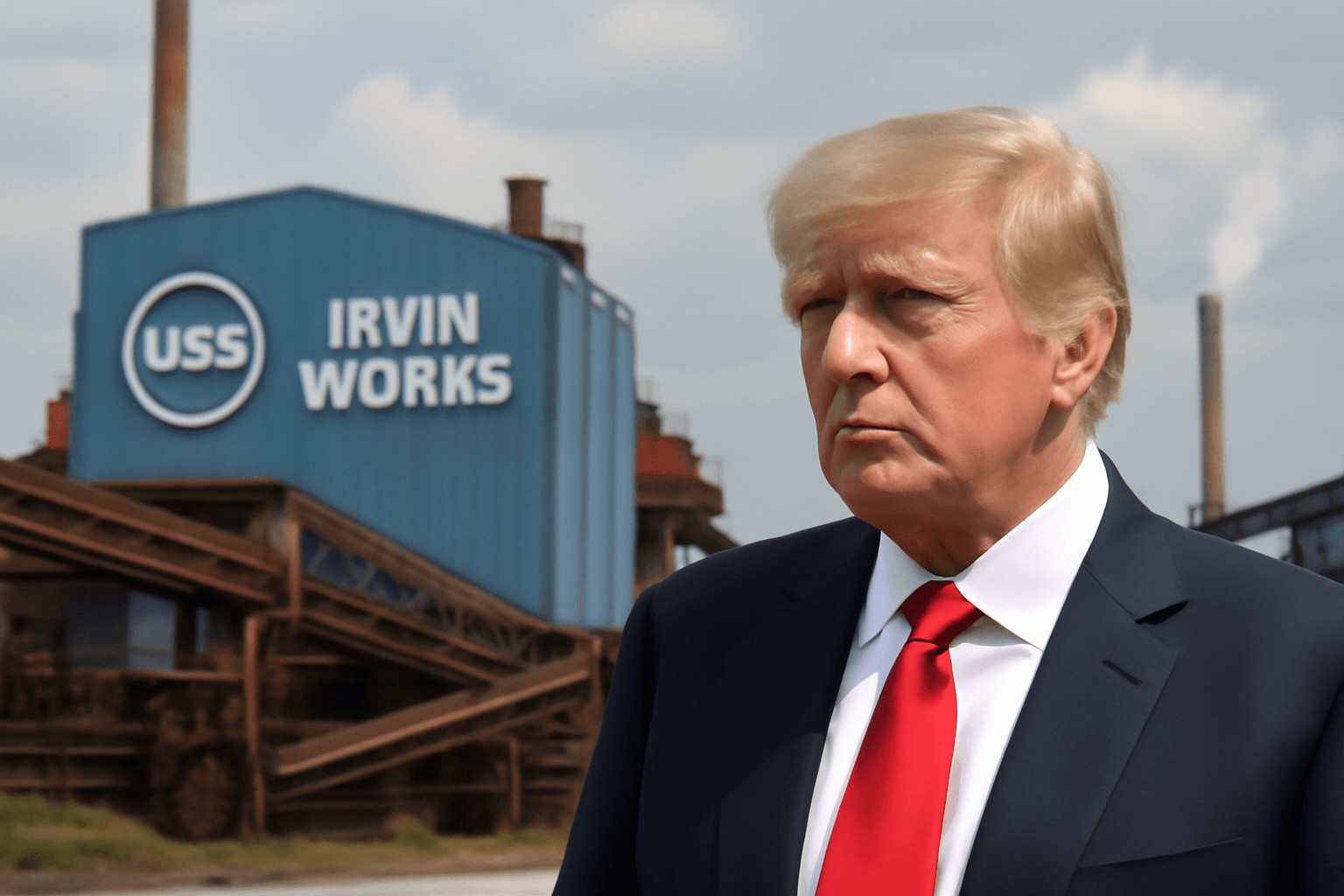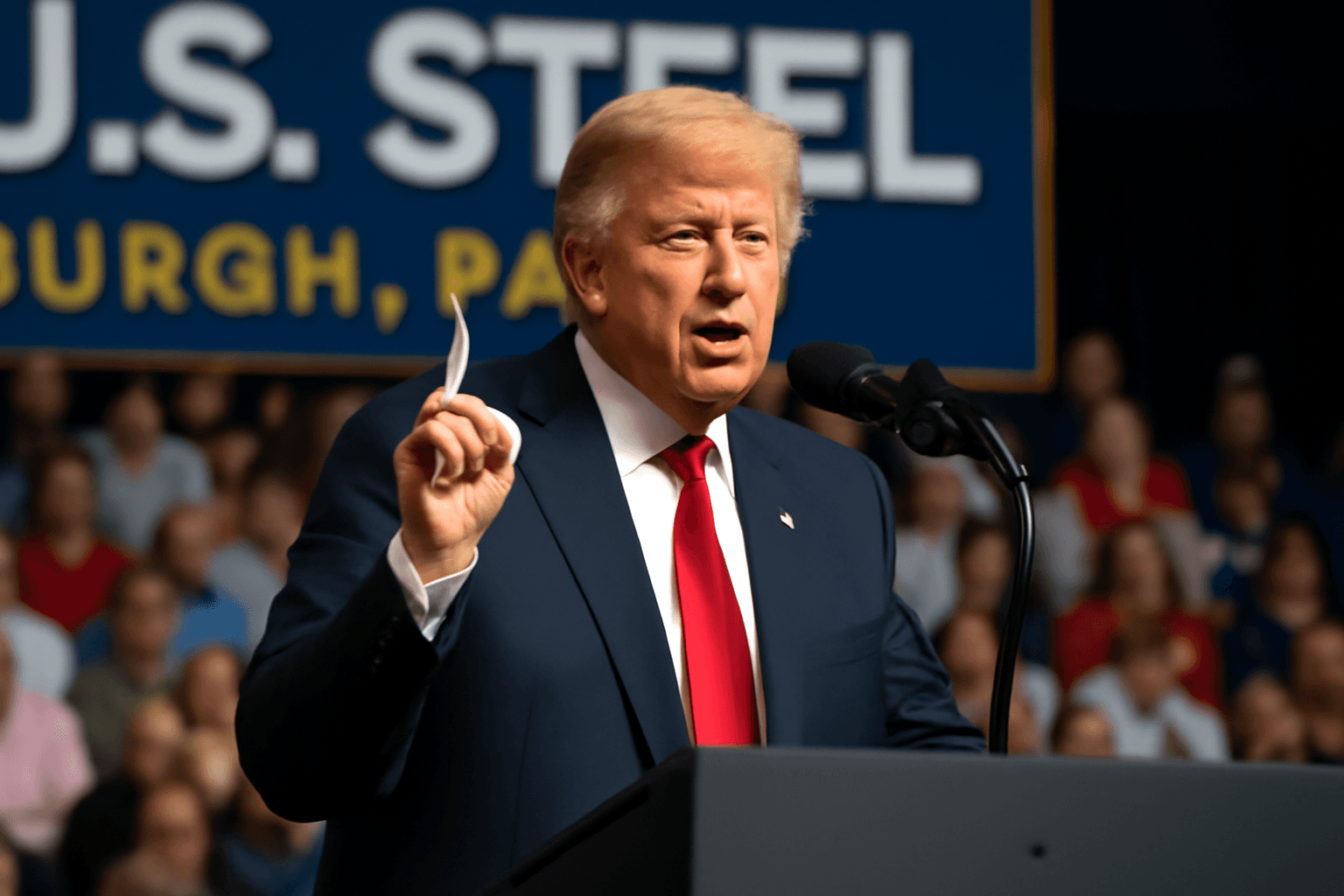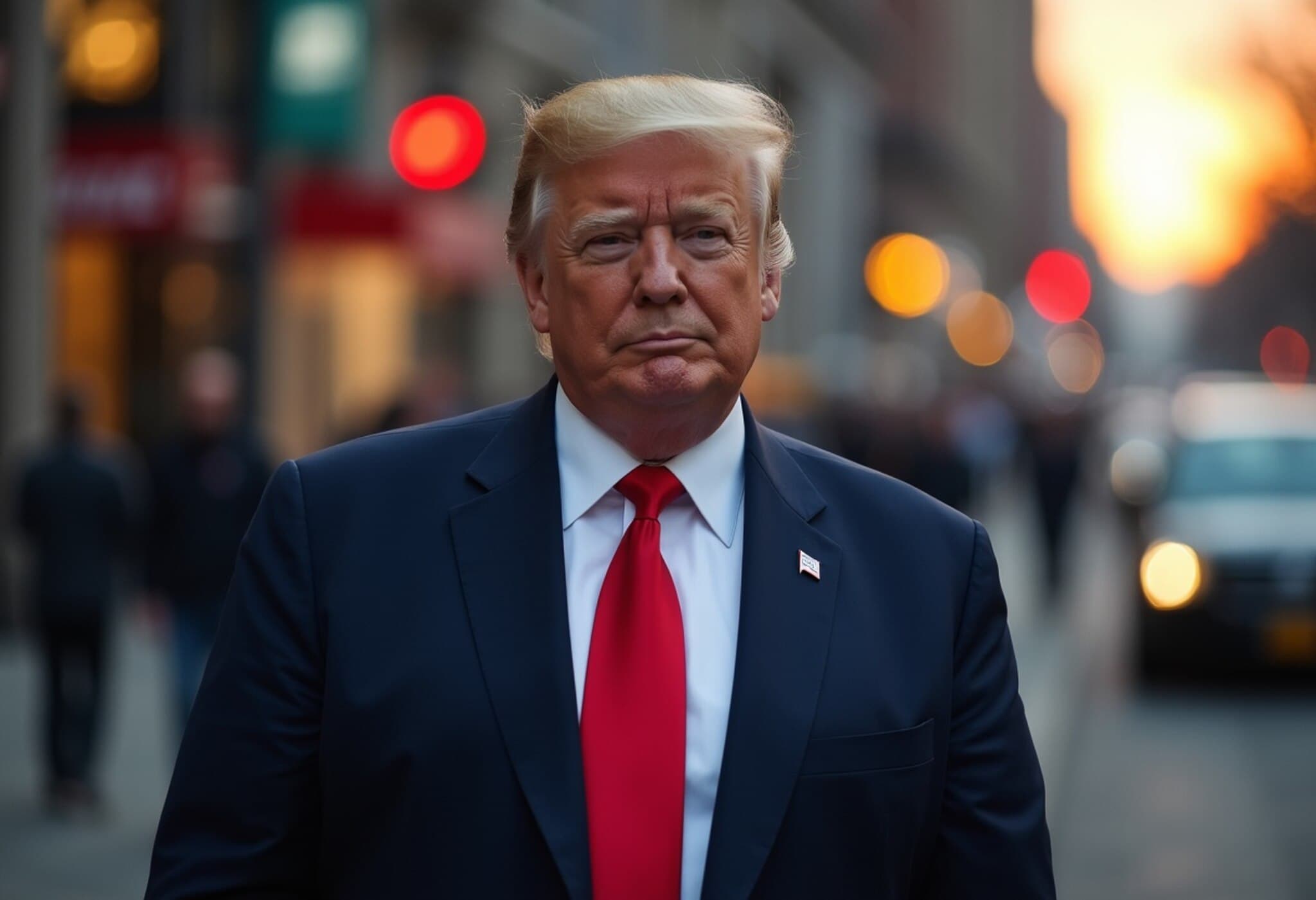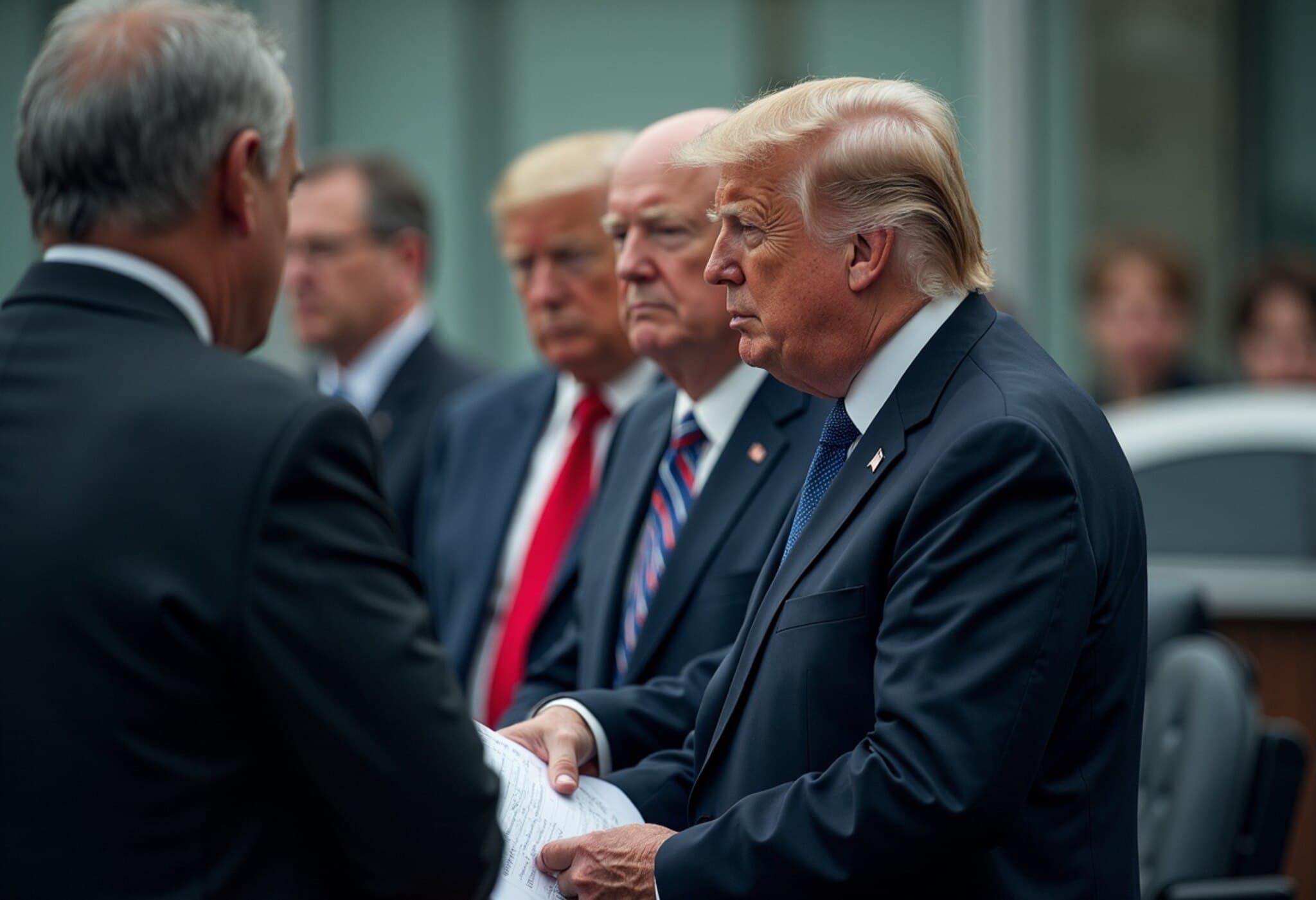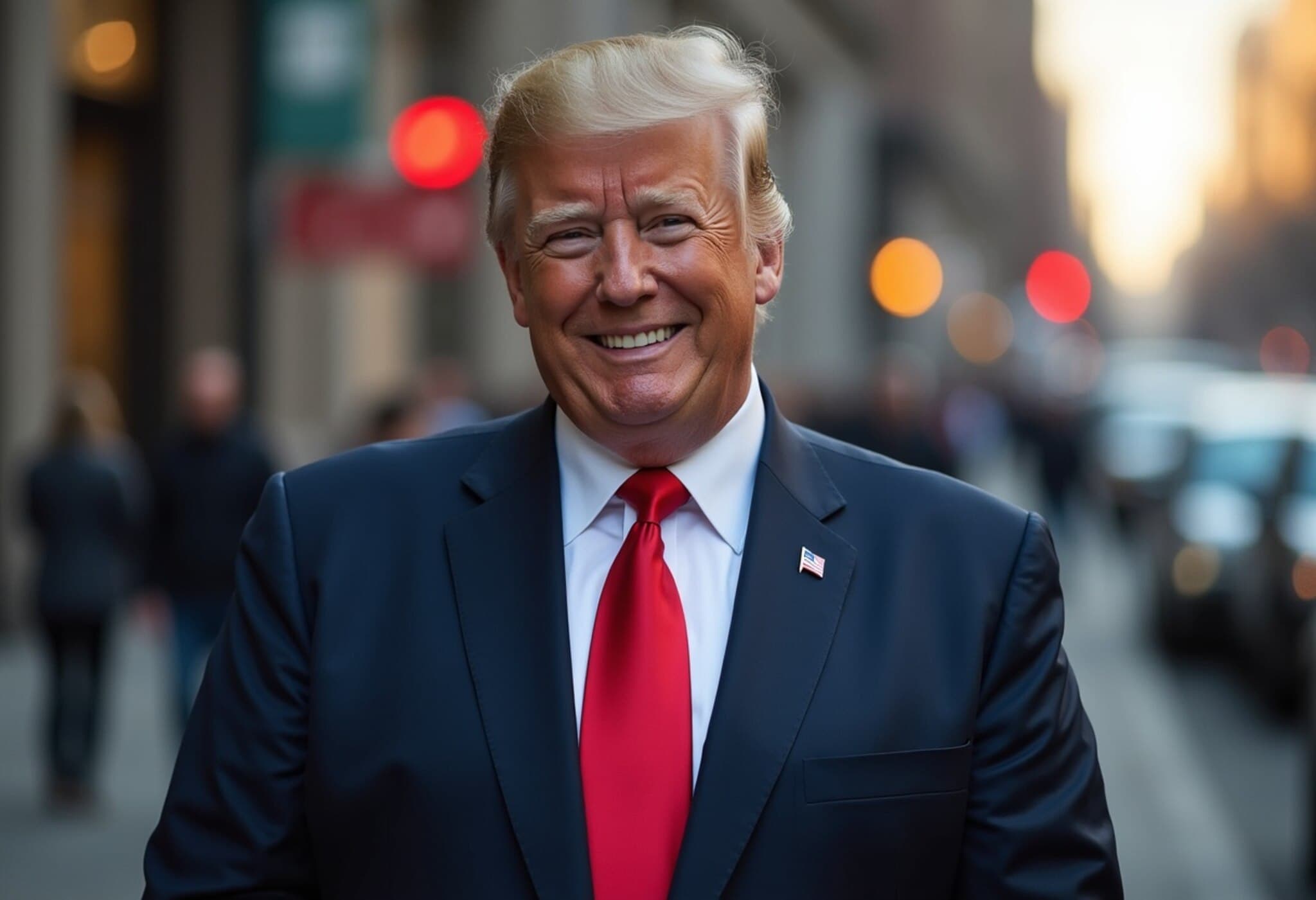President Trump Announces 50% Tariff on Copper Imports
In a significant move underlining national security concerns, U.S. President Donald Trump declared on July 9, 2025, that a 50% tariff on copper imports will take effect August 1, 2025. This decision follows a thorough national security assessment, highlighting copper’s critical role in defense and advanced technology sectors.
National Security and Strategic Importance of Copper
President Trump took to Truth Social to explain the rationale behind this sweeping tariff:
"I am announcing a 50% TARIFF on Copper, effective August 1, 2025, after receiving a robust NATIONAL SECURITY ASSESSMENT," he said.
He emphasized that copper is indispensable for manufacturing semiconductors, aircraft, ships, ammunition, data centers, lithium-ion batteries, radar systems, missile defense systems, and hypersonic weapons—areas where the Department of Defense (DoD) relies heavily on copper as its second most used material.
The Economic and Geopolitical Dimensions
Copper is the world’s third most consumed metal after iron and aluminum. The United States imports nearly 50% of its copper needs, with a significant share sourced from Chile, a leading global copper producer.
This tariff aligns with the broader efforts to revitalize domestic production of critical materials. U.S. Commerce Secretary Howard Lutnick has previously articulated the administration’s goal to "bring copper production home," mirroring recent duties imposed on imports of lithium earlier in June 2025.
Expert Insights on Trade and Security Implications
Adam Whiteley, Chief Investment Officer at BNY Investments, reflected on the announcement during CNBC's “Squawk Box.” He suggested copper falls into a unique tariff category driven primarily by national security concerns, distinct from tariffs designed solely to address trade imbalances or negotiation tactics.
“Copper is probably in a third category of tariffs, which is national security. We’re not just talking about economics, but the backbone materials essential for defense and emerging technologies,” Whiteley noted.
Broader Context: America’s Supply Chain Resilience
This development should be seen within the continuum of American efforts to strengthen supply chain resilience in critical sectors. Given global supply chain disruptions and increasing geopolitical tensions, the U.S. government is intensifying its strategy to reduce dependence on foreign sources for strategic minerals and metals.
However, the tariffs raise complex questions for industries reliant on copper, including construction, electronics, and green energy technologies, which might face increased costs and supply challenges. Balancing national security priorities with economic repercussions will demand careful policymaking and industry cooperation.
Looking Ahead
The impending copper tariff signals an assertive posture in safeguarding America’s defense infrastructure and technological edge. It also sparks debate about the long-term effects on trade relations with copper-exporting nations like Chile and the potential for retaliatory measures.
Stakeholders across industries, investors, and policymakers will be closely monitoring implementation details and economic impact, as this measure could redefine trade dynamics surrounding one of the most strategic metals globally.

